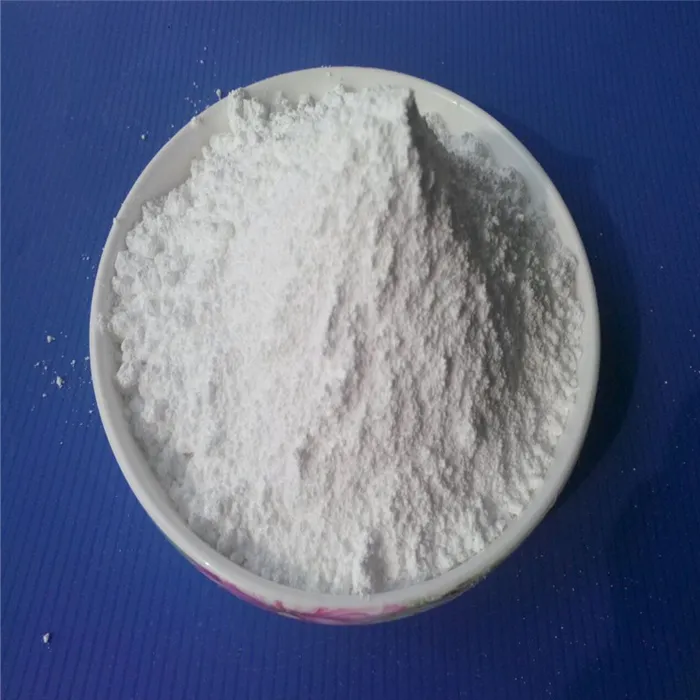Understanding the API Manufacturing Process Steps
Active Pharmaceutical Ingredients (APIs) are the substances in a pharmaceutical drug that are responsible for the therapeutic effect. The production of APIs is a complex process, heavily regulated to ensure safety, efficacy, and quality. The manufacturing process can vary significantly, depending on the nature of the API, but it generally follows a series of structured steps. In this article, we will explore the key stages of the API manufacturing process.
1. Research and Development (R&D)
The first step in API manufacturing is research and development. Before any production begins, extensive studies are conducted to identify viable compounds that exert the desired therapeutic effects. This phase involves both laboratory experiments and computer simulations to optimize chemical structures. Researchers will also evaluate the stability, solubility, and pharmacokinetic properties of potential candidates.
2. Process Design and Optimization
Once a promising candidate is identified, the next step focuses on developing a robust manufacturing process. This includes designing a detailed synthetic route that outlines how the API will be manufactured from raw materials. Process design also involves determining the most efficient methodologies for large-scale production and assessing factors like yield, cost, and environmental impact. Optimization might involve adjusting reaction conditions, such as temperature and pressure, to enhance output and purity.
3. Sourcing Raw Materials
With a well-defined process in place, manufacturers must source the necessary raw materials. These materials must meet stringent quality specifications since they directly impact the quality of the final API. Suppliers are often required to provide certificates of analysis (CoA) to demonstrate that their products conform to regulatory standards. This step is crucial, as impurities in raw materials can lead to non-compliance and affect the safety profile of the API.
The core of the manufacturing process is the synthesis of the API itself. This can involve various chemical reactions, such as organic synthesis, fermentation, or biocatalysis, depending on the API’s structure. This phase is carried out in controlled environments within specialized facilities that adhere to Good Manufacturing Practices (GMP). Careful monitoring of reaction conditions ensures that the final product meets the required specifications for purity and potency.
api manufacturing process steps

5. Purification
After synthesis, the crude API typically contains impurities such as unreacted starting materials, by-products, and solvents. Therefore, purification is a critical step that aims to isolate the desired product from these impurities. Techniques such as crystallization, distillation, and chromatography are employed to achieve high purity levels. The purified API must be validated to ensure that it meets the predefined standards.
6. Characterization and Testing
Following purification, the API undergoes rigorous characterization and testing. This involves a series of analytical techniques, such as High-Performance Liquid Chromatography (HPLC), Mass Spectrometry (MS), and Nuclear Magnetic Resonance (NMR) spectroscopy, to confirm the structural integrity and purity of the API. Stability testing is also performed to assess how the API behaves under various conditions over time, which is crucial for ensuring its shelf life.
7. Quality Assurance and Compliance
Quality assurance (QA) is integral throughout the manufacturing process, ensuring that every batch adheres to regulatory standards set by agencies such as the FDA or EMA. A robust QA system includes thorough documentation practices and validation processes that demonstrate compliance with GMP. Audits and inspections are routinely conducted to maintain high-quality standards and instill confidence in the produced APIs.
8. Packaging and Distribution
Once the API has passed all necessary tests and quality checks, it is then packaged for distribution. Packaging must be designed to protect the API from environmental factors while also being compliant with labeling regulations. The final step involves the distribution of the API to pharmaceutical manufacturers, who will incorporate it into their final drug formulations.
Conclusion
The manufacturing process of APIs is a meticulous and highly regulated journey that transforms raw materials into medicinal compounds that can save lives. Each step, from R&D to distribution, is critical to ensure that the final product is safe, effective, and of the highest quality. As the pharmaceutical industry continues to evolve, advancements in technology and methodologies promise to further enhance the efficiency and integrity of API manufacturing.

